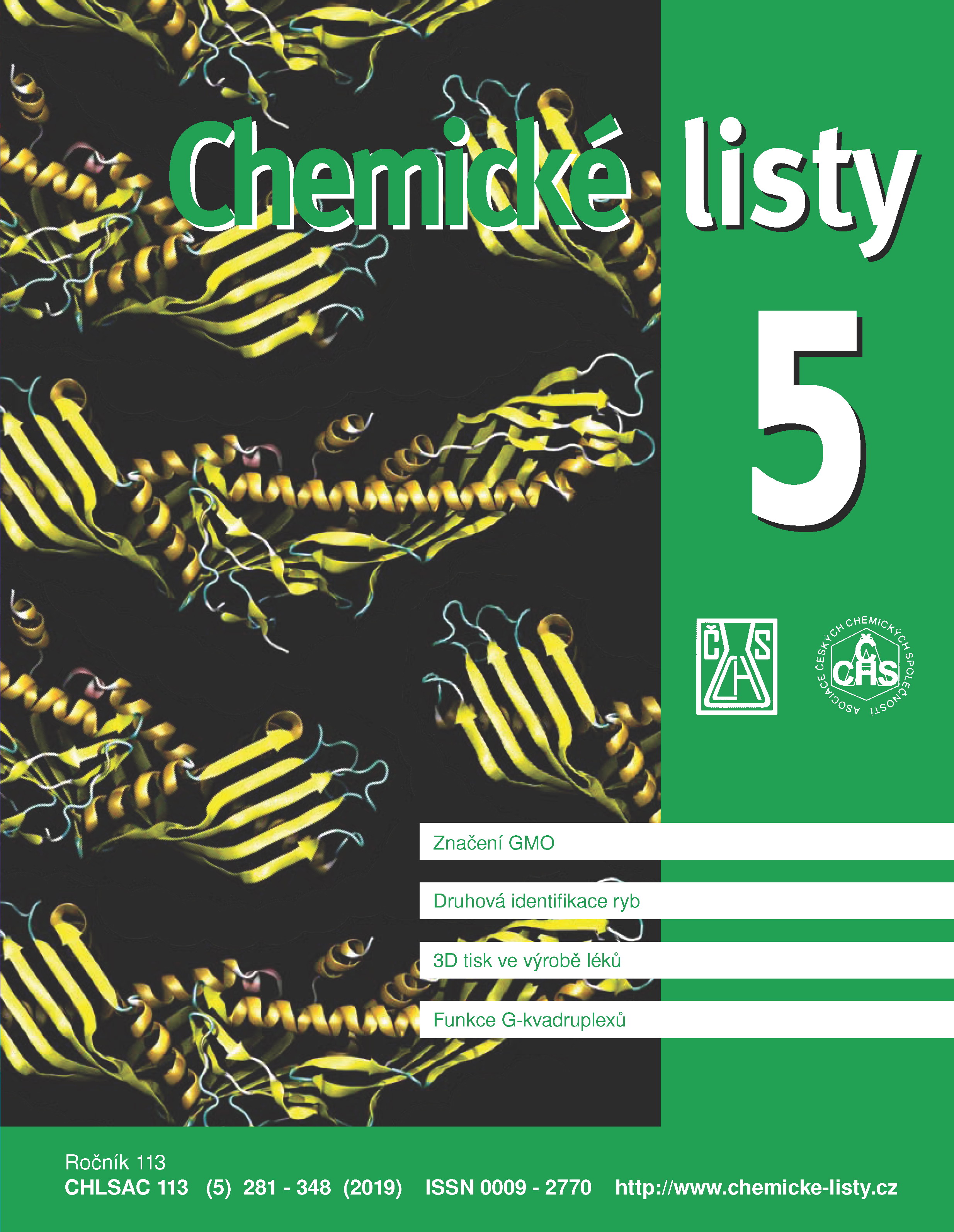The Role of G-quadruplexes in Transcriptional Regulation
Keywords:
G-quadruplex, transcription, DNA, RNA, hybrid DNA:RNA G-quadruplex, secondary structureAbstract
G-quadruplexes belong to noncanonical secondary structures of the nucleic acids commonly referred to as non-B DNA. In recent years there is growing evidence about the existence of G-quadruplex structures in vivo and their important regulatory roles in biological processes. This mini-review brings up the latest results on the transcriptional regulation by G-quadruplexes. On one hand G-quadruplexes might inhibit general expression potential of the genes as a part of a basal transcription activity, which is not specific to any genes or pathways. On the other hand, G-quadruplexes might dynamically monitor the activity of a gene together with other secondary structures localized predominantly in regulatory regions such as promoters, transcription start sites and transcription termination sites. Last but not least, it has been shown that G-quadruplexes serve as sensors of oxidative stress and subsequently modulate the transcription. The inhibitory or stimulatory effect of the G-quadruplexes on a gene transcription depends on its position on the template or coding strand.





